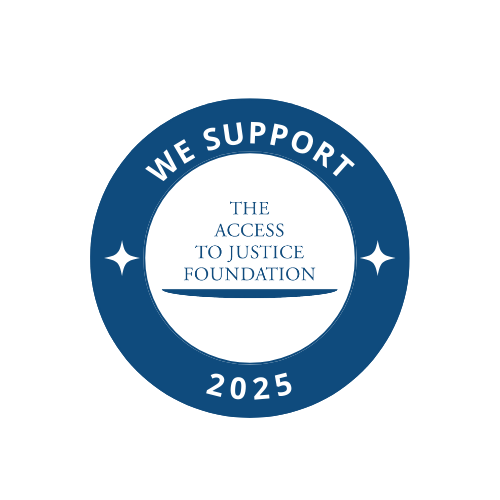Nasogastric intubation is a medical process involving the insertion of a plastic tube (known as an NG tube) through the nose, past the throat and down into the stomach. The decision to pass the tube must be made by two competent professionals and inserted by a suitably trained doctor or nurse. Around 17,000 NG tubes are used by the NHS each year.
They are used primarily for feeding in those unable to take in oral nutrition, e.g. stroke patients who are unable to swallow, but also for administering drugs in liquid form. The type and size is determined by the medical practitioner. The length of time an individual would require the tube varies but only small bore tubes should be used for long term feeding and these usually have guidewires to help with insertion.
Inserting a Nasogastric Tube
Before insertion the tube is measured from the tip of the patient’s nose, looped around the ear and then down by one to two inches below the bottom of the breastbone. The tube is then marked at this level to ensure that it has been inserted far enough into the patient’s stomach. It is then secured in place to prevent it from moving. It is the responsibility of the clinical staff to document the insertion of the NG tube, and the measurements taken.
Great care must be taken to ensure the tube has not passed down the windpipe and into the lungs. In order to test this, fluid is aspirated through the tube and tested with pH paper to determine the acidity of the fluid. If the pH is four or below, the tube is in the correct position. If this cannot be verified then an x-ray of the chest/abdomen must be taken. Most hospitals these days do take an x-ray to confirm the NG tube position. The x-ray is then checked by a doctor who will confirm whether the position is correct.
As tubes can be dislodged the position should be checked by using the ‘acid test’ before each feed is given.
A gravity based system is employed for feeding whereby the liquid feed is placed higher than the patient’s stomach. Sometimes the tube is connected to an electronic pump which can control and measure intake and flag up any interruption in the feeding process.
Nasogastric tubes can also be used to aspirate (remove by suction) gastrointestinal fluids and air from the stomach. Examples of this use are intestinal obstruction, (where there is a blockage in the intestines) as preparation for gastrointestinal surgery and incidents of poisoning when toxic fluid needs to be removed from the stomach.
If the tube is to be used for continuous drainage the tube is attached to a receptacle (usually a collector bag) and placed below the level of the stomach.
NG tubes should not be inserted in patients with severe neck and facial fractures or strictures of the oesophagus. There is also a risk to patients with bleeding disorders.
Possible Complications of Nasogastric Tube Insertion
Minor complications of NG insertion include nose bleeds and a sore throat. More serious problems can occur such as erosion of the tissues anywhere along the passage of the NG tube.
Most significantly if the tube has been incorrectly placed in the lungs, this can lead to collapse of the lung. If a feed is given via the incorrectly placed tube into the lung, fatal pneumonia can occur.
Between 2005 and March 2011 it is reported that 21 deaths and 79 cases of harm occurred due to misplaced NG tubes. Misplacing of NG tubes is described as a ‘never ‘event in NHS Trusts (i.e. something that should never happen).
Lanyon Bowdler is a leading law firm in Shropshire and Herefordshire. Our clinical negligence team have dealt with a number of cases involving NG tubes including failing to insert one when necessary, as well as the complications as outlined above.
"*" indicates required fields

 Back
Back
















